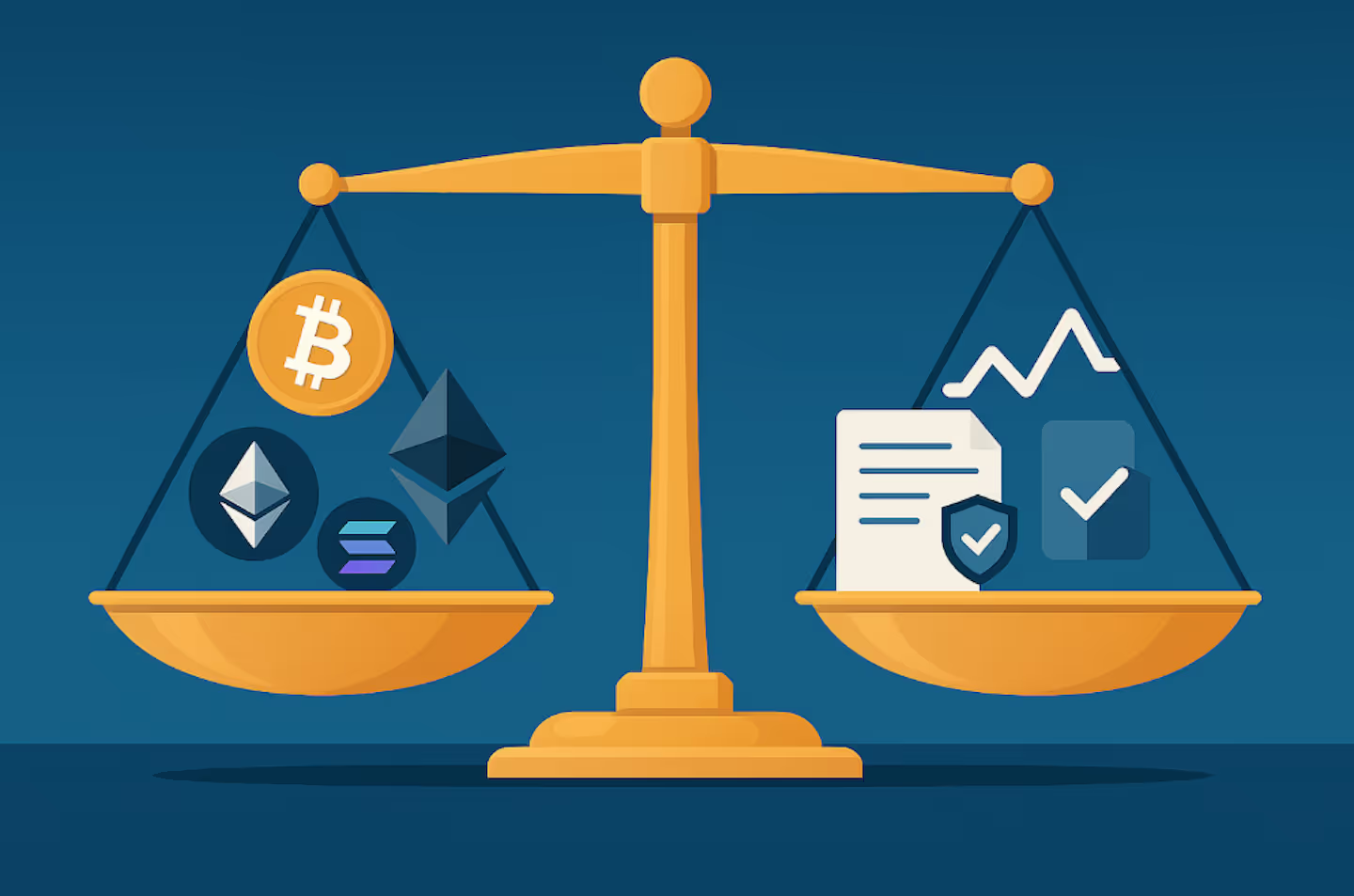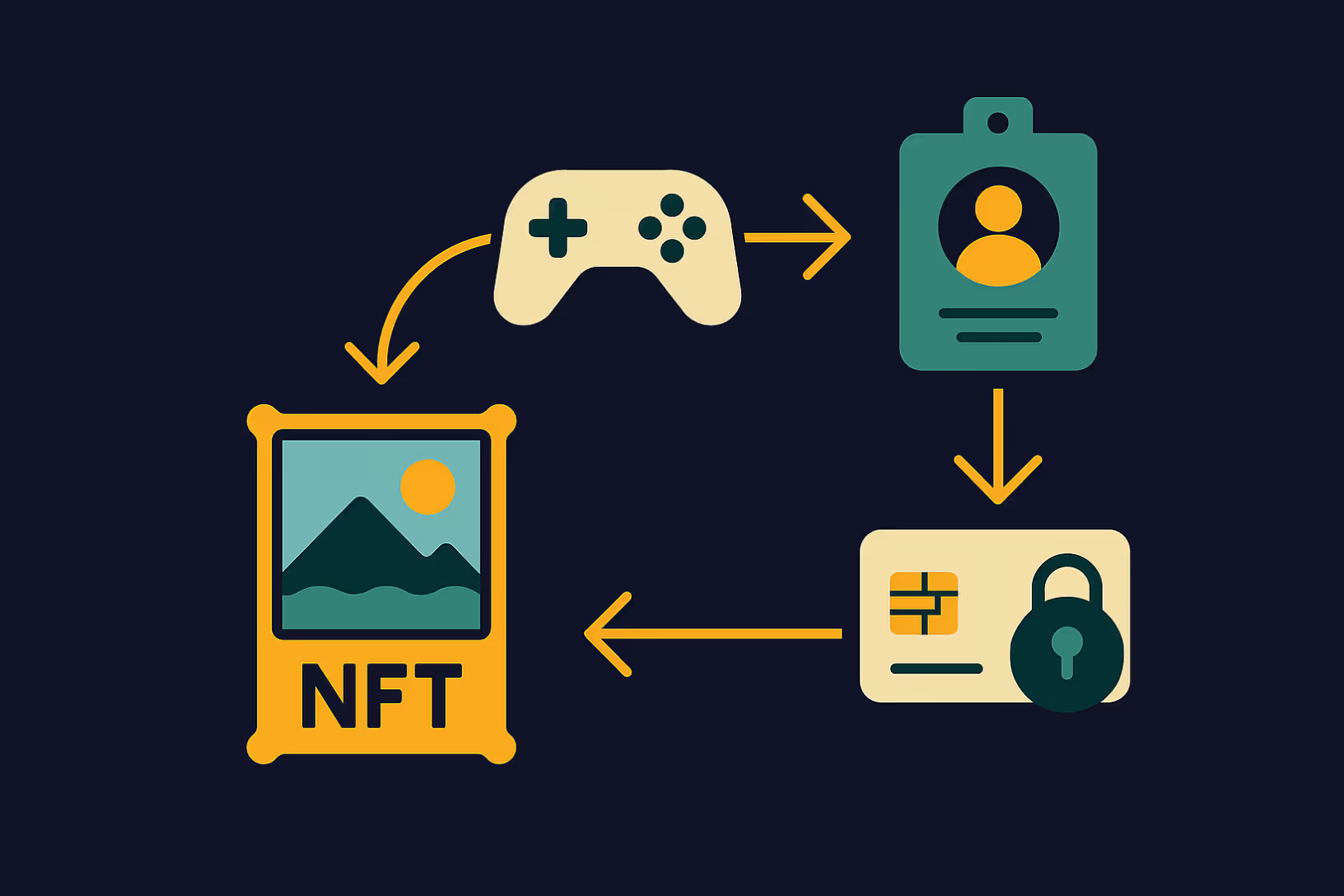Beyond the JPEG: How NFT Utility Is Quietly Evolving
NFTs move beyond art—powering identity, access, and ownership in Web3.
The Early Noise—and What Came After
Not long ago, NFTs were the loudest story in Web3. In 2021 and early 2022, digital art was selling for millions, PFP projects were making headlines, and celebrities were minting monkey avatars as if they’d discovered a new asset class.
It was chaotic, fascinating, and—for many—ultimately disappointing.
So what happened?
The truth is: NFTs didn’t die. They just moved on.
The Early Promise (and Pitfalls)
At their peak, NFTs promised to revolutionize art, enable digital scarcity, and empower creators. The blockchain would disintermediate galleries, return royalties to artists, and let anyone with a wallet become a collector.
And for a brief moment, that was true.
But hype overtook purpose. Floor prices became the metric that mattered. Bots, scams, and copy-mints flooded marketplaces. The infrastructure was clunky, onboarding was painful, and for many outside of crypto Twitter, the whole space felt like an insiders-only casino with cartoon mascots.
Even well-meaning ideas—like perpetual creator royalties—were undermined by zero-fee platforms and fragmented standards.
The Quiet Evolution of NFT Utility
Fast forward to 2025, and the landscape looks very different.
The speculative noise has calmed, but the underlying technology is quietly proving its value—just not in the way many originally imagined. NFTs are no longer just about digital art or collectibility. They’re becoming modular, programmable containers of ownership, access, and identity.
Where NFTs Are Evolving
🎮 In Gaming
NFTs are powering in-game assets, player-owned economies, and interoperable skins or items. Projects like Parallel and Ronin aren’t focused on floor prices—they’re building actual game economies where ownership matters.
🪪 In Digital Identity
Platforms like ENS and Lens Protocol use NFTs as identity layers. Your NFT isn’t just a vanity name—it’s your profile, social graph, and reputation.
🎟️ In Access & Membership
NFTs are used for ticketing (Tokenproof), gated events, premium Discords, and subscription access. Unlike QR codes or logins, they’re portable and provable.
🏅 In Credentials & Loyalty
From on-chain certificates (e.g., SBTs or POAPs) to brand rewards (Starbucks Odyssey), NFTs are becoming dynamic records of engagement—not speculation.
Price, Hype & Hard Lessons
No discussion of NFTs would be complete without acknowledging their price evolution—not just of the collectibles themselves, but of the blockchains and ecosystems that supported them.
The Rise
In 2021, NFT mania drove an explosion in asset prices:
- Beeple’s Everydays sold for $69M at Christie’s
- Bored Ape Yacht Club (BAYC) floor prices exceeded 100 ETH
- Ethereum gas fees spiked as minting wars clogged the network
- Solana and Tezos became “NFT ecosystems” for low-cost trading
Collector Token Valuations
Some projects launched their own tokens—$APE (BAYC), $LOOKS (LooksRare), $RARE (SuperRare). Most saw short-term gains, but few held value as attention faded and tokenomics failed to deliver.
Blockchain Price Performance
- Ethereum remained dominant but faced UX issues
- Solana surged on NFT volume before crashing
- Tezos, Flow, and others carved niches but lost momentum
Few ecosystems managed to turn the NFT boom into lasting developer engagement.
Massive Failures: The Lessons of Hype-Driven Valuations
Several high-profile failures revealed just how fragile the market was:
- Azuki Elementals launched with poor execution and community backlash
- Pixelmon raised over $70M—only to deliver broken, laughable graphics
- $APE token fell 90%+ as use cases didn’t materialize
Lesson: Hype outpaced delivery. Financialization couldn’t replace product-market fit.
Bright Spots: Value Creation in a Bear Market
Despite price drops, some NFT projects evolved:
- 🐧 Pudgy Penguins pivoted to IP licensing and physical products
- 🧠 Nouns DAO embraced open-source IP and community funding
- 🃏 Parallel turned its NFTs into real, playable game assets
These teams focused on utility, not floor prices, and built lasting value.
From Assets to Infrastructure
The biggest shift? NFTs are becoming infrastructure, not just assets.
New standards like ERC-6551 (Token Bound Accounts) let NFTs:
- Act as wallets
- Evolve over time
- Represent user accounts or identities
NFTs now serve as containers for logic, composability, and on-chain history—not just metadata.
What’s Next for NFTs?
The NFT space is maturing—quietly, but meaningfully.
We're seeing:
- Utility-first design replacing speculation
- Walletless UX making NFTs invisible to the user
- Composable apps using NFTs as building blocks
These aren’t the stories that go viral—but they are the foundation of long-term Web3 value.
Final Thought
NFTs were never just about art. That was simply their first act—a meme-friendly use case that caught the world’s attention.
Now, in their quieter second act, they’re starting to deliver on a deeper promise:
Enabling programmable ownership, identity, and interaction on-chain.
Others articles

Thought leadership
How tokenised gold is emerging as a new store of value alongside USD stablecoins.

Thought leadership
Why DATs reset after the bubble, and why today’s entry point is stronger.

